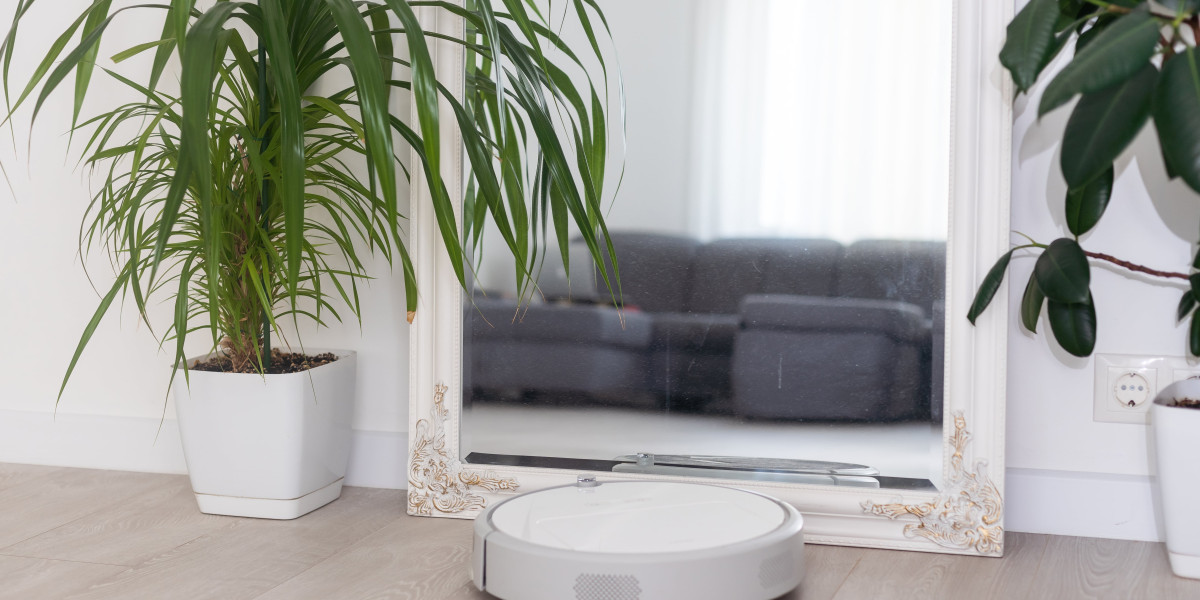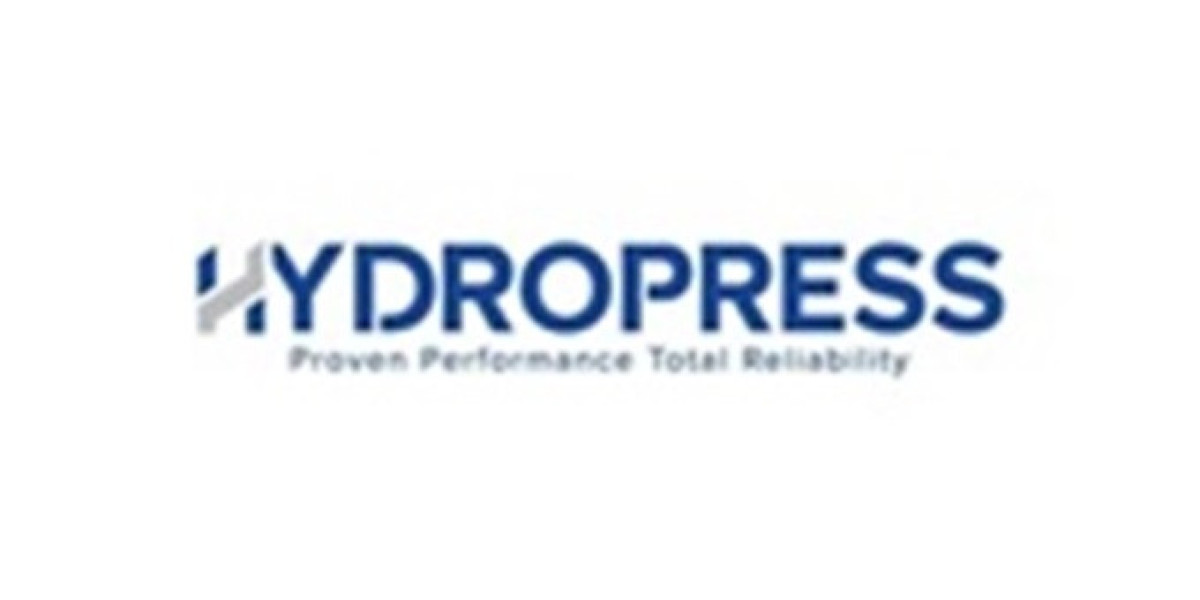
The Rise of Robot Vacuum Cleaners with Mops: A Comprehensive Guide
In the fast-paced world of technology, household chores are becoming increasingly automated, and one of the most significant advancements in this domain is the robot vacuum cleaner with a mop. These intelligent devices have revolutionized the way we maintain our homes, offering convenience, efficiency, and a level of cleanliness that is hard to achieve with traditional methods. This article delves into the features, benefits, and considerations of robot vacuum cleaners with mops, providing a comprehensive guide for those interested in incorporating this technology into their daily lives.
What is a Robot Vacuum Cleaner with a Mop?
A robot vacuum cleaner with a mop is an automated device designed to clean floors by both vacuuming and mopping. These robots use advanced sensors and algorithms to navigate around obstacles, clean different types of surfaces, and even return to their charging stations when their batteries are low. The mop feature adds an extra layer of cleaning, making them ideal for households that require thorough cleaning of hard surfaces like tile, wood, and laminate.
Key Features of Robot Vacuum Cleaners with Mops
Advanced Navigation Systems
- Laser Navigation (LDS): Uses a laser sensor to map the room and create an efficient cleaning path.
- Visual Navigation (VSLAM): Relies on cameras to create a visual map of the environment.
- Obstacle Avoidance: Equipped with sensors to detect and avoid obstacles, reducing the risk of damage to furniture and the robot itself.
Dual Cleaning Modes
- Vacuuming: Uses powerful suction to remove dust, dirt, and debris.
- Mopping: Employs a wet or dry mop to clean and sanitize surfaces.
Customizable Cleaning Settings
- Zone Cleaning: Allows users to select specific areas for cleaning.
- Scheduled Cleaning: Can be set to clean at specific times, ensuring a clean home even when you're away.
- Intensity Settings: Adjust the suction power and mopping intensity based on the cleaning needs of different areas.
Smart Home Integration
- Voice Control: Compatible with smart assistants like Amazon Alexa and Google Assistant.
- App Control: Can be controlled via a smartphone app, allowing for remote operation and monitoring.
Maintenance and Convenience
- Self-Cleaning: Some models come with self-cleaning brushes and filters.
- Water Tank: Removable and easy to refill, ensuring consistent mopping performance.
- Dust Collection: Large dustbins that need infrequent emptying.
Benefits of Robot Vacuum Cleaners with Mops
Time and Effort Savings
- These devices automate the cleaning process, freeing up time for other activities.
- They can clean while you're away, ensuring a clean home upon your return.
Consistent Cleaning
- Regular cleaning schedules help maintain a consistently clean and hygienic environment.
- They can reach areas that are difficult to clean manually, such as under furniture and in corners.
Improved Air Quality
- By removing dust and allergens, these robots contribute to better indoor air quality.
- Some models come with HEPA filters, which robot vacuum cleaner are particularly effective at trapping small particles.
Cost-Effective
- While the initial investment may be higher, the long-term savings on cleaning supplies and the time saved make them a cost-effective solution.
- They reduce the need for professional cleaning services.
Considerations Before Buying
Floor Type
- Ensure the robot is suitable for your floor type. Some models are better suited for hard floors, while others can handle carpets.
Battery Life
- Check the battery life and ensure it is sufficient for your home's size. Some models can clean for several hours before needing a recharge.
Noise Level
- Consider the noise level, especially if you plan to use the robot during the day. Some models are quieter than others.
Maintenance Requirements
- Regular maintenance is essential for optimal performance. Check the ease of cleaning and replacing parts.
Smart Features
- If you value smart home integration, look for models that offer voice control and app connectivity.
FAQs
Q: How often should I clean the robot vacuum cleaner with a mop?
- A: It's recommended to clean the brushes and filters after each use to ensure optimal performance. The water tank should be emptied and refilled as needed.
Q: Can a robot vacuum cleaner with a mop clean all types of floors?
- A: Most models are designed for hard floors like tile, wood, and laminate. Some can handle low-pile carpets, but they may not be suitable for deep-pile carpets.
Q: How do I set up a cleaning schedule?
- A: You can set up a cleaning schedule through the robot's app or control panel. Simply select the days and times you want the robot to clean, and it will automatically start at those times.
Q: What should I do if the robot gets stuck?
- A: Most robots have built-in features to free themselves from obstacles. If it gets stuck, you can manually move it to a clear area. Regularly check for obstacles to prevent this from happening.
Q: Are robot vacuum cleaners with mops safe for pets?
- A: Yes, they are generally safe for pets. However, ensure that the robot has obstacle avoidance features to prevent it from getting tangled in pet toys or cords.
Robot vacuum cleaners with mops represent a significant leap forward in home automation, offering a combination of convenience, efficiency, and thorough cleaning. Whether you're a busy professional, a parent, or someone who simply values a clean and organized home, these devices can significantly enhance your quality of life. By considering the key features, benefits, and potential considerations, you can make an informed decision and enjoy the many advantages of this innovative technology.








